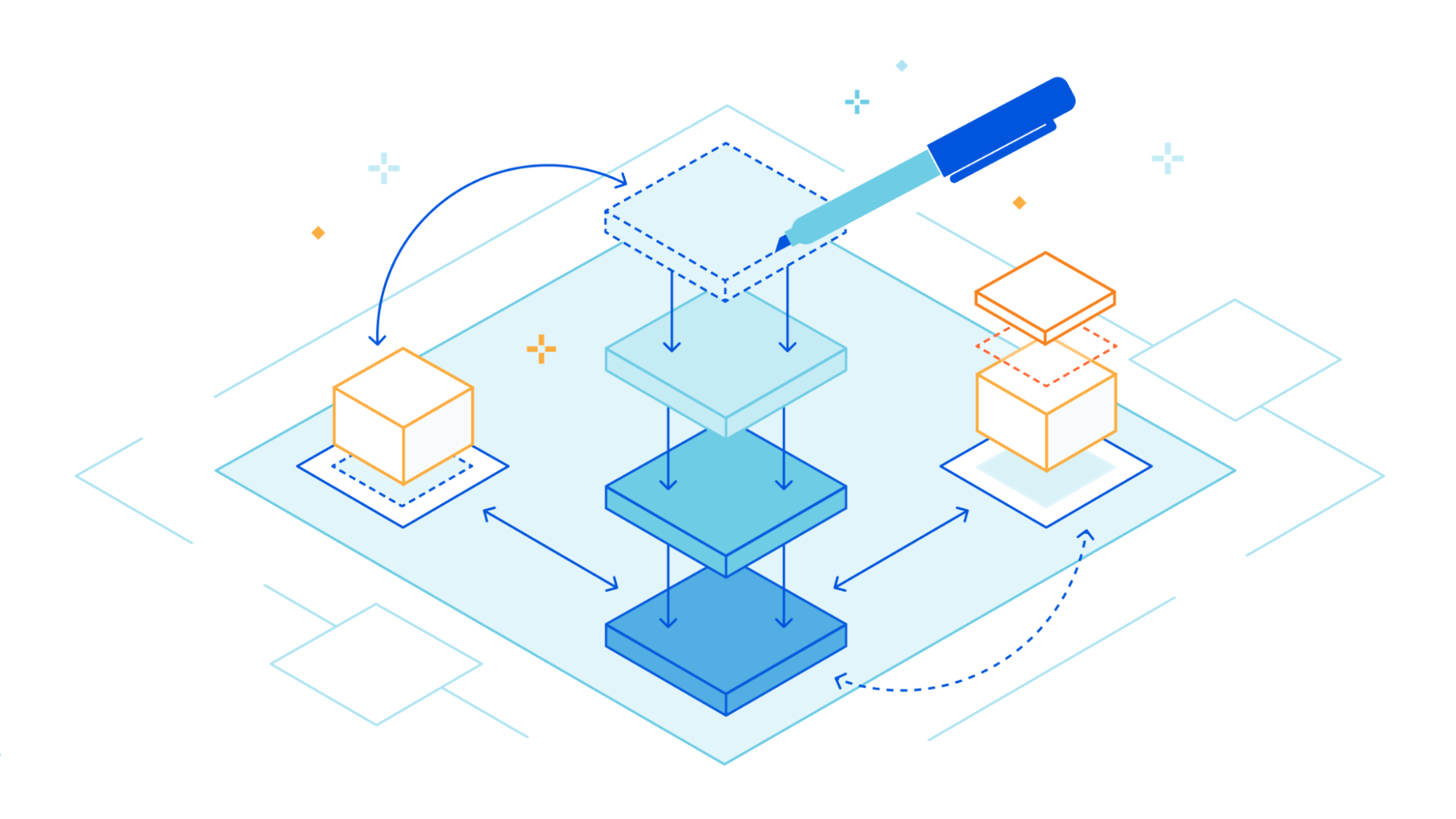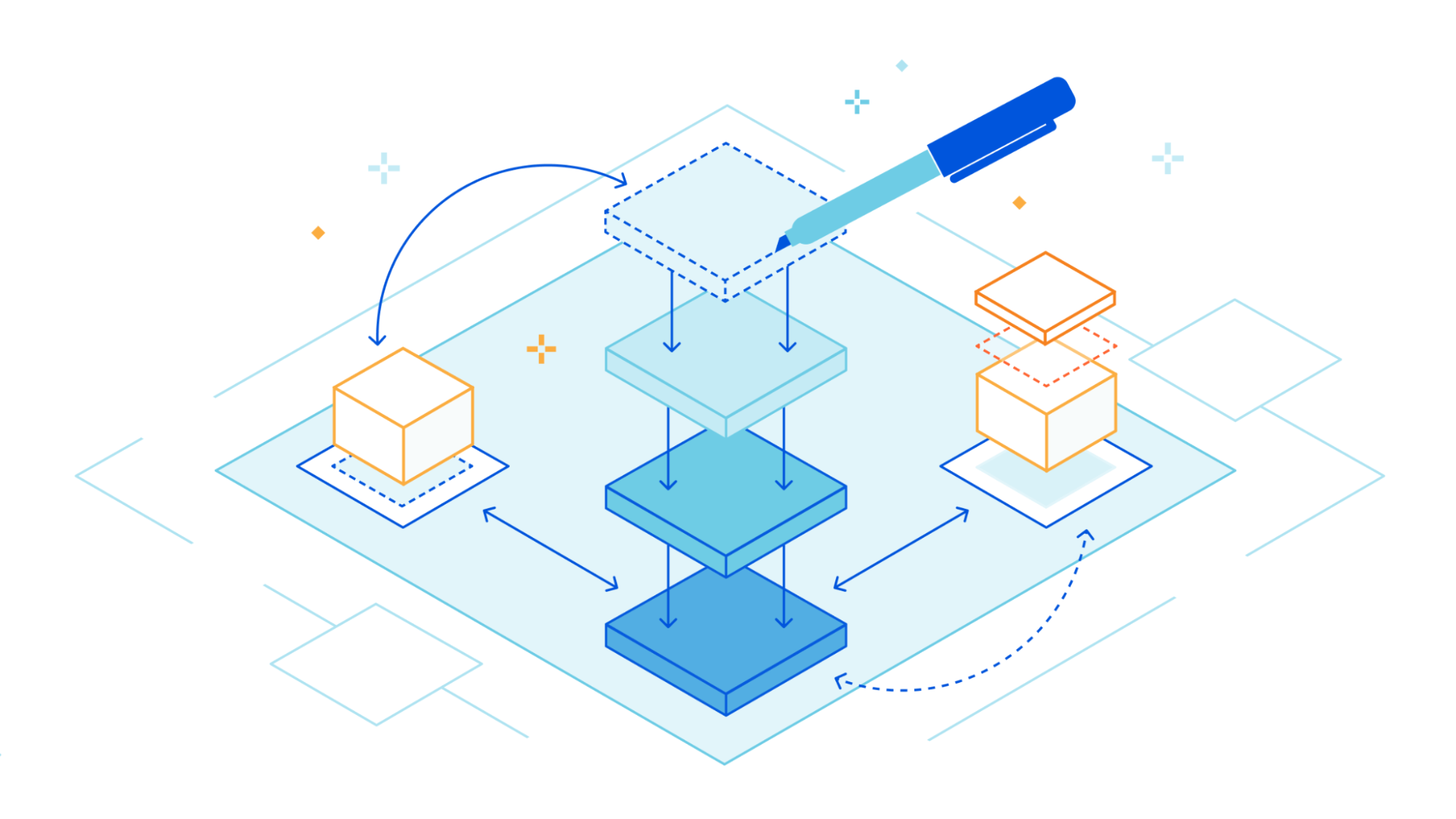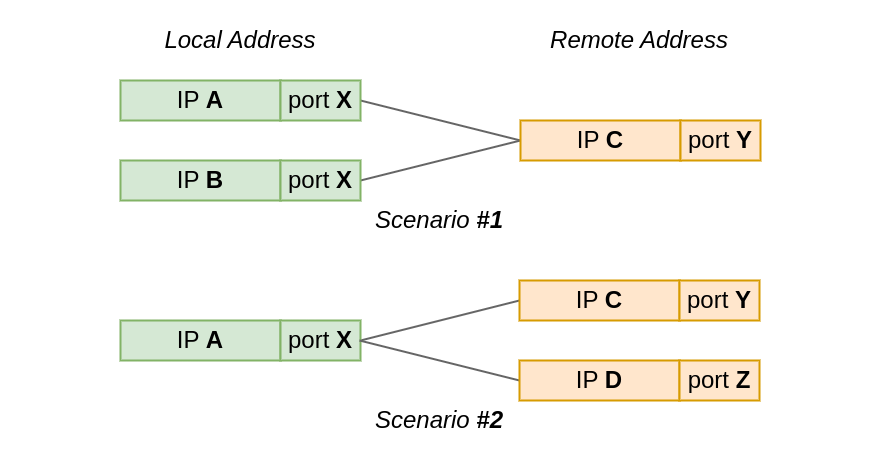New reference architecture: Deploying Ansible Automation Platform 2 on Red Hat OpenShift

It has arrived! The latest reference architecture showcasing the best practices for deploying Red Hat Ansible Automation Platform 2.3 on Red Hat OpenShift!
Why are you going to love it?
With Ansible Automation Platform running on top of Red Hat OpenShift, you get the best of both worlds. You can now focus on what really matters - automation - while taking advantage of Red Hat Ansible Automation Platform Operator to do the heavy lifting of deploying, managing, scaling and upgrading your Ansible Automation Platform environment.
This reference architecture not only focuses on the step-by-step to deploy Red Hat Ansible Automation Platform 2.3 on Red Hat OpenShift, but focuses on key aspects including:
-
Sizing your automation controller: Learn how to size your automation controller by understanding its control capacity and how many automation jobs can run concurrently.
-
Resource management: Discover how to set resource requests and limits for the Ansible Automation Platform, ensuring that your deployment has enough resources to run smoothly and efficiently.
-
Installation guidance: Understand key considerations prior to your deployment of Red Hat Ansible Automation Platform.
-
Monitoring your Ansible Automation Platform: Learn how to use Prometheus and Grafana to monitor your Ansible Continue reading







